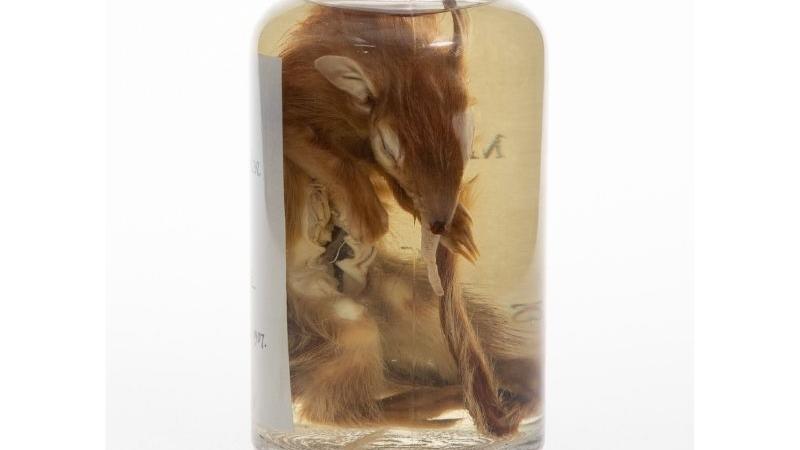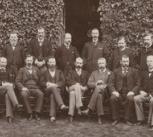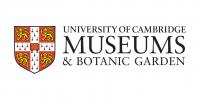When did it arrive?
1904, 1907 and 1912.
What do we know about the specimens in Cambridge?
The numbat, particularly, represents an important record of Australian mammal declines, illustrating the environmental cost of colonisation. It was collected near Oodnadatta in South Australia in 1904. Numbats have been extinct in that region since the 1930s, thanks to feral cats and foxes which were introduced by European colonists. Numbats are now restricted to a tiny pocket of Western Australia, or in fenced reserves where they have been re-introduced.
The stump-tailed lizards, collected in 1912, show that for as long as there have been cars, there has been roadkill – they are listed as having been “run over and killed by motor” eight miles out of Adelaide.

Who was Robert Humphrey Marten?

Robert Humphrey Marten, who also went by R. Humphrey Marten, was a medical doctor who was born in Worcestershire, UK, and trained at University College London and the University of Cambridge. He first travelled to Australia in 1888 when he was paid a bag of gold by the family of a patient to convey them to Sydney. He then briefly returned to London before relocating to South Australia permanently, where he worked as Honorary Medical and Surgical Staff of the Adelaide Hospital at same time as Edward Charles Stirling.
Like many physicians at this time, particularly prominent individuals in Australia, Marten used Indigenous remains in his medical research, and also donated them to colonial collections.





